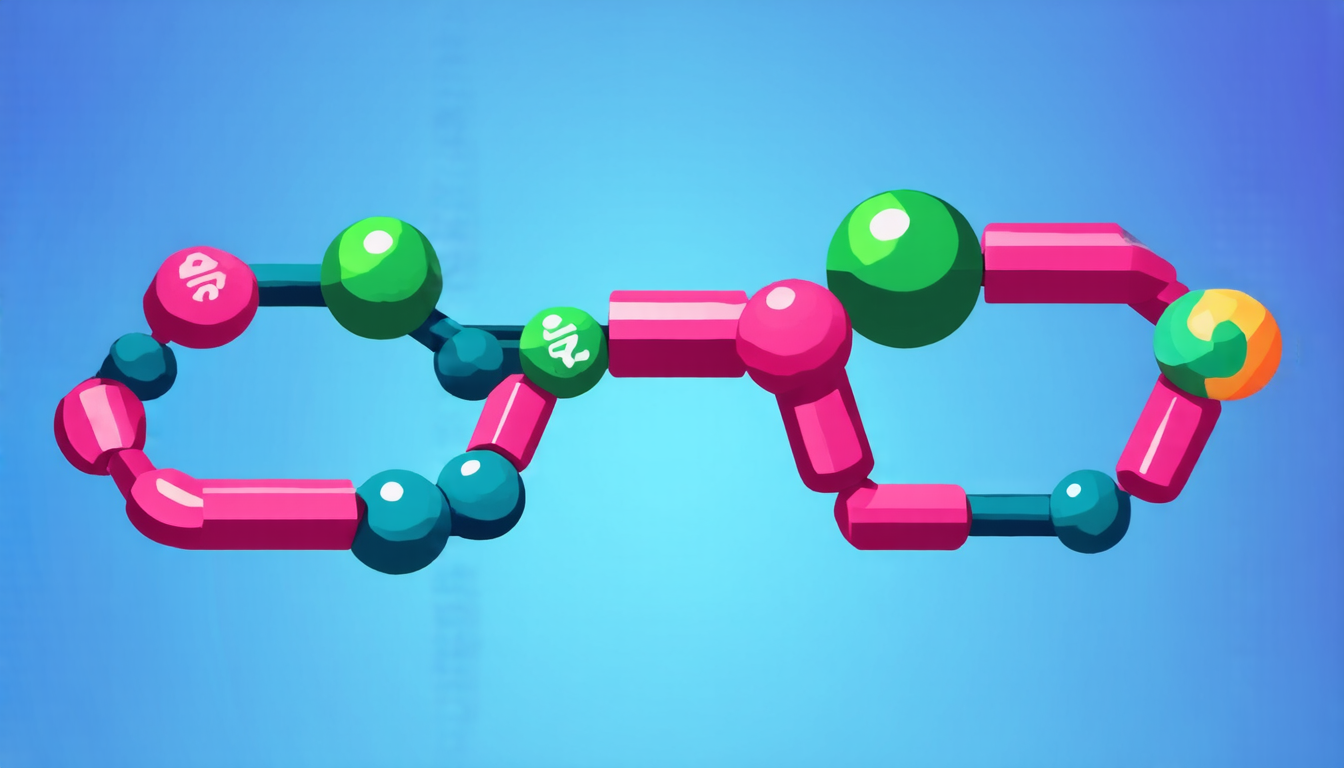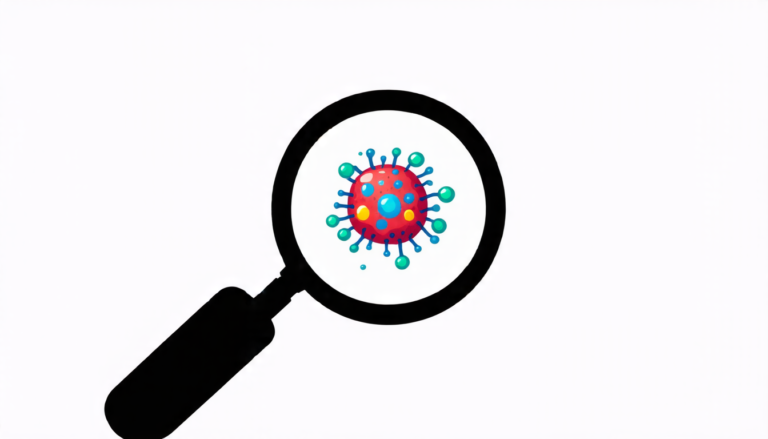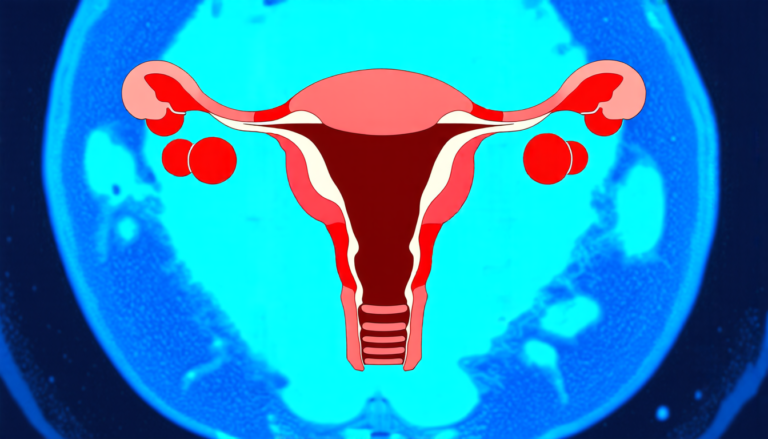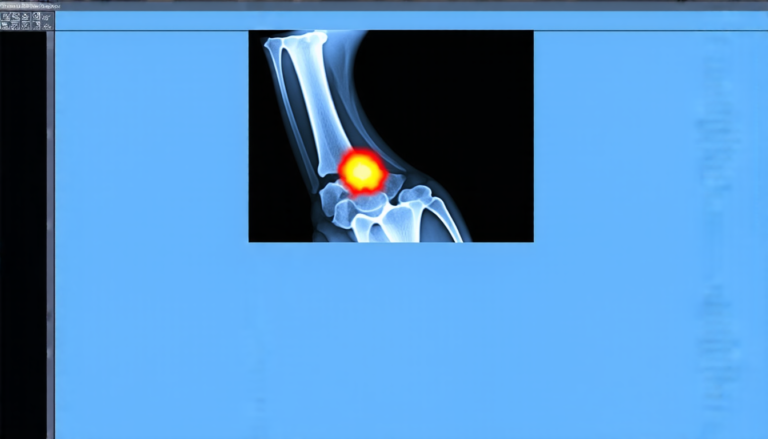Wednesday 09 April 2025
Scientists have been working tirelessly to crack the code of protein folding, a process that is crucial for understanding how our bodies function and develop diseases. Recently, a team of researchers made a significant breakthrough in this area by developing a new technique that uses artificial intelligence to predict the structure of proteins.
Proteins are long chains of amino acids that perform various functions in the body, such as building muscles or fighting off infections. However, understanding how these chains fold into specific shapes is incredibly complex and has been a major challenge for scientists.
The new technique, called Matryoshka SAEs (Sparse Autoencoders), uses a type of artificial intelligence called deep learning to analyze large amounts of protein data. The system can identify patterns in the data that are not visible to the human eye, allowing it to make accurate predictions about how proteins will fold.
One of the key innovations of the Matryoshka SAEs is its ability to learn hierarchical representations of proteins. This means that the AI can identify features at different levels of complexity, from individual amino acids to larger structural elements. This allows it to build a more detailed picture of how proteins fold and interact with each other.
The researchers tested their technique on a range of protein structures and found that it was able to accurately predict the final shape of the protein in many cases. They also used the system to analyze the structure of a specific protein involved in Alzheimer’s disease, which could potentially lead to new treatments for the condition.
This breakthrough has significant implications for our understanding of biology and medicine. It could allow scientists to design new proteins with specific functions, such as enzymes that can break down certain chemicals or proteins that can target specific diseases.
The development of Matryoshka SAEs is also a testament to the power of artificial intelligence in solving complex biological problems. As AI continues to advance, we can expect to see even more innovative solutions to some of the biggest challenges facing medicine and science today.
Cite this article: “Deciphering Protein Structure with Matryoshka Sparse Autoencoders: A Novel Approach to Biomolecular Interaction Modeling”, The Science Archive, 2025.
Protein Folding, Artificial Intelligence, Deep Learning, Sparse Autoencoders, Protein Structure Prediction, Hierarchical Representations, Amino Acids, Alzheimer’S Disease, Biology, Medicine







